- Home
- slideshows
- miscellaneous
- The history of the narwhal, the 'unicorn of the sea' with 10-foot tusks that scientists are only beginning to understand
The history of the narwhal, the 'unicorn of the sea' with 10-foot tusks that scientists are only beginning to understand
Narwhals, the beluga whale's mysterious dark cousin, with its lengthy, twisting, protruding tooth, is not conventionally beautiful.

Some have said the ancient sea creature's name marked its fate. "Narwhal" means "corpse whale."
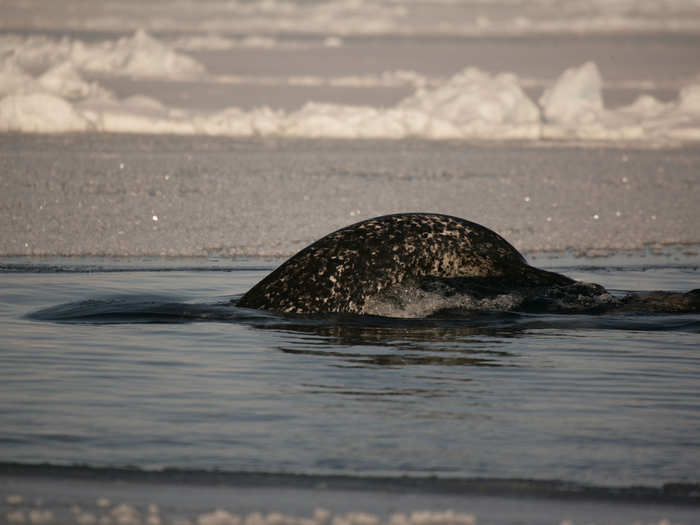
Norsemen gave it the name because they thought the whale's blotched skin resembles the gray pallor of a drowned man, according to The New York Times.
Yet what it lacks for beauty it makes up in usefulness.
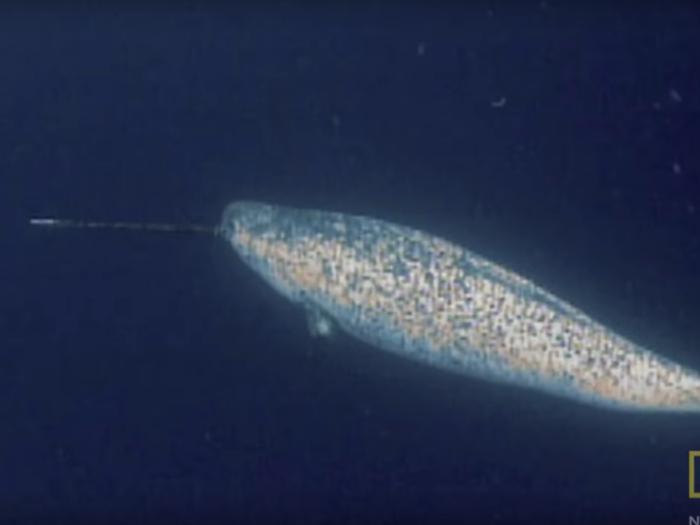
Katherine Rundell wrote for the London Review of Books that "The narwhal is exquisitely formed."
"To conserve heat, the surface area of its skin is as streamlined as possible: no ears, no lips, no eyelashes, no inconveniently extruding sexual organs; nothing to hold back the swift passage through water," she wrote.
They have small eyes, up to 4 inches of blubber, and no dorsal fin. When a narwhal is frightened, its heartbeat slows to four beats per minute.
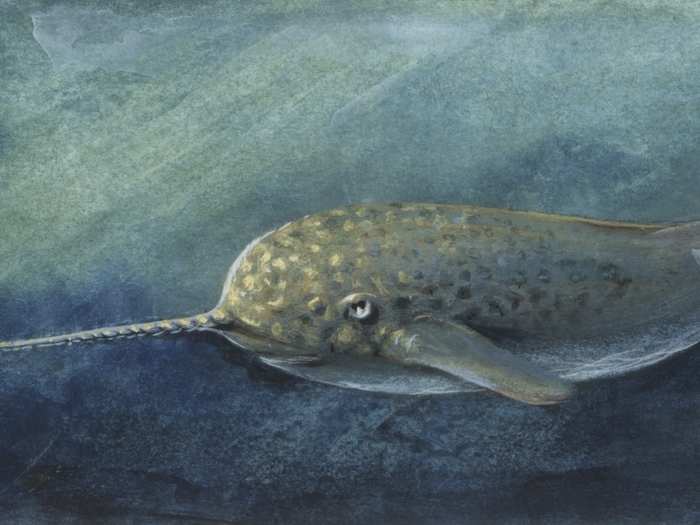
According to Inuit legend, which was recorded by Danish ethnologist Knud Rasmussen, the narwhal began as a cruel human mother.

After she tricked her blind son out of his fair share of meat, the son bound her to a whale, which dragged her out to sea.
She never returned. Instead, she transformed into a narwhal, according to the legend.
Groups of narwhal have been seen rising vertically out of the water.

They use their tail fins to propel themselves upwards so that half of the whale can suddenly appear above the water.
They often travel in groups of 30, but can swim in herds of 1,000 when they migrate, The New York Times reported.
The Inuit name for narwhal translates to: "the one that is good at curving itself to the sky."
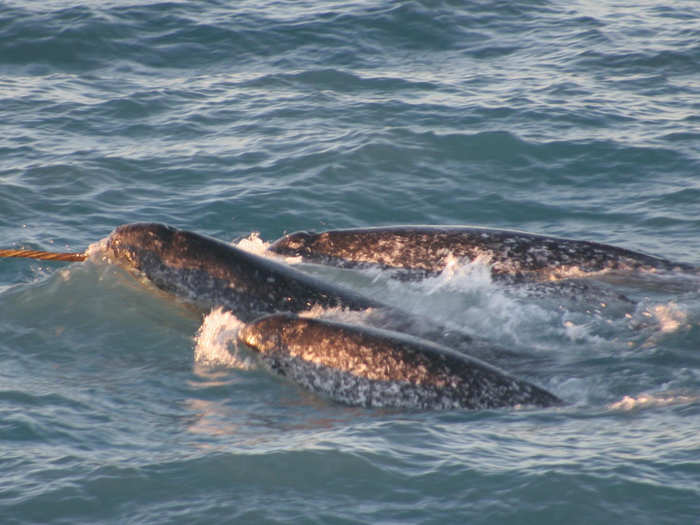
They've been given that name because of the way they move through the water, according to the New York Times.
At around 1000 AD, the narwhal entered history in what The New York Times called a "profitable lie."
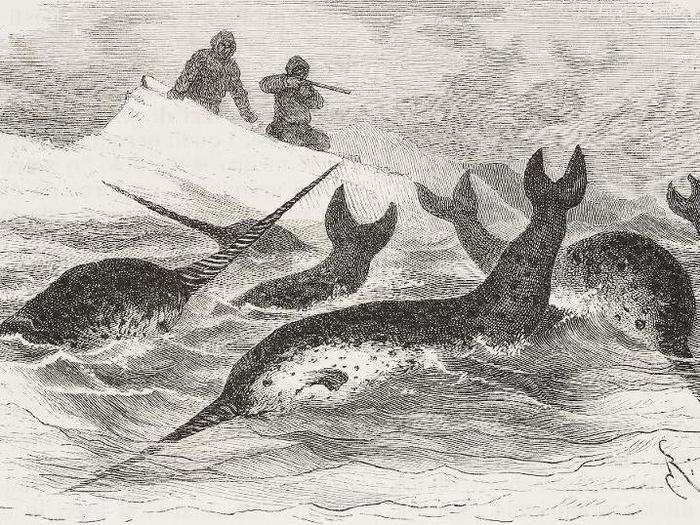
Vikings and Norsemen hunted narwhal. Traders, though, harnessed the then-commonly accepted falsehood — by Chinese, Greeks, and Romans — that unicorns existed.
Another factor that helped them grow in value in the Middle Ages was the unicorn was a symbol of purity and Christ.
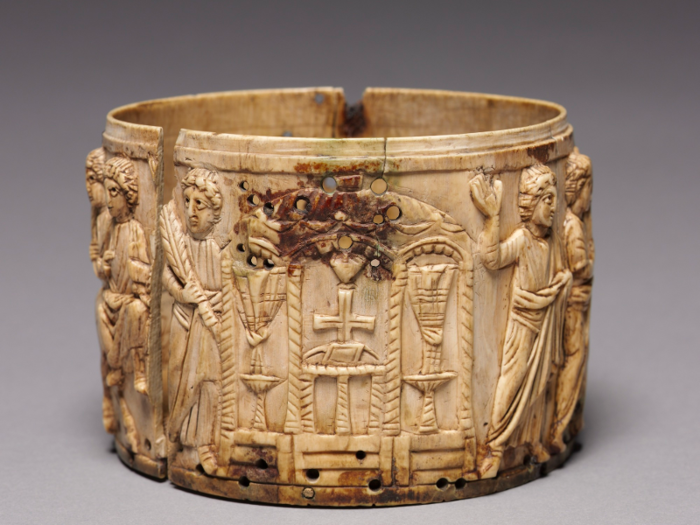
Throughout the Middle Ages, their tusks were sold as unicorn horns, which people believed could cure illnesses when powdered.
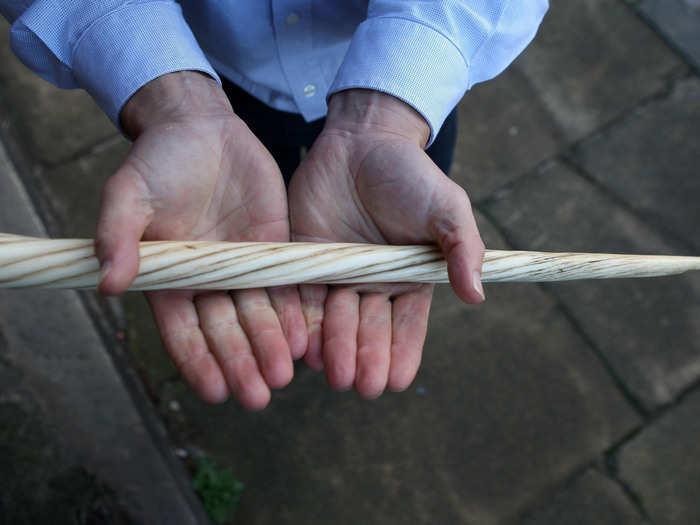
Monarchs also used it to save themselves from being assassinated with poison. This reputation led them to be worth their weight in gold.
In 1584, Ivan the Terrible called for his narwhal horn on his deathbed, hoping to save himself.

Ivan's narwhal horn staff was covered in diamonds, rubies, sapphires, and emeralds. It was delivered to him, but it wasn't enough to save him, according to the London Review of Books.
French monarchs have also used narwhal tooth for cutlery.

Austria's Kaiser Karl the Fifth is said to have paid off some national debt with two tusks, according to the New York Times.
The Danish King's throne was built with narwhal tooth in the 17th century.
In the 16th century, explorer Martin Frobisher gave Queen Elizabeth I a narwhal tusk.

It was valuable enough to purchase a castle, according to the New York Times.
Adjusted for inflation, today it would be worth 2 million pounds ($2.63 million), according to the Washington Post.
The misinformation ended in 1638.
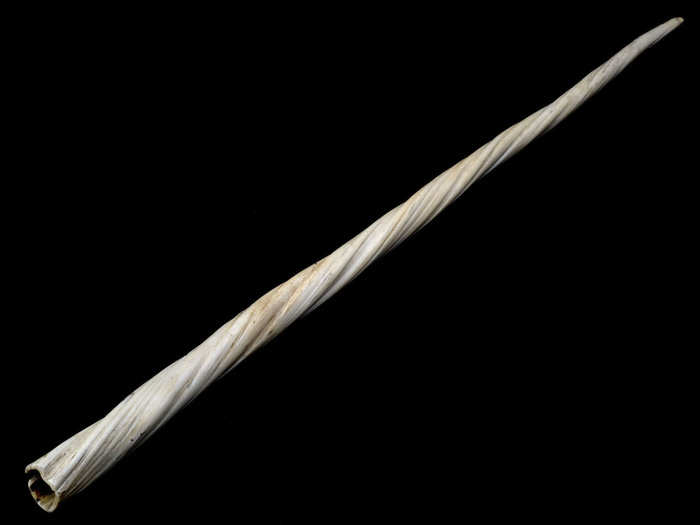
In a public lecture, a Danish scholar named Ole Wurm proved the substance came from narwhal and not unicorn, the New York Times reported.
It took a little longer, but in the 18th century, British doctors ceased prescribing unicorn horn as a powdered elixir, according to Smithsonian Magazine.
As the unicorn became a firm thing of myth, narwhal tusks became the focus.
Novelist Herman Melville joked that the narwhal's tusk, or what he called the "nostril whale," was a letter opener, according to Smithsonian Magazine.

In "Moby Dick," published in 1851, he wrote about the mysterious tusk:
"Some sailors tell me that the Narwhale employs it for a rake in turning over the bottom of the sea for food," Melville wrote. "Charley Coffin said it was used for an ice-pierce … But you cannot prove either of these surmises to be correct."
Charles Darwin wrote in "The Descent of Man," which was first published in 1871, that it was like a moose's antler.

The tusk, Darwin surmised, allowed the narwhals to show their dominance over each other.
In 1969, for a few brief days, New York Aquarium had the only captive narwhal in the world, named Umiak.
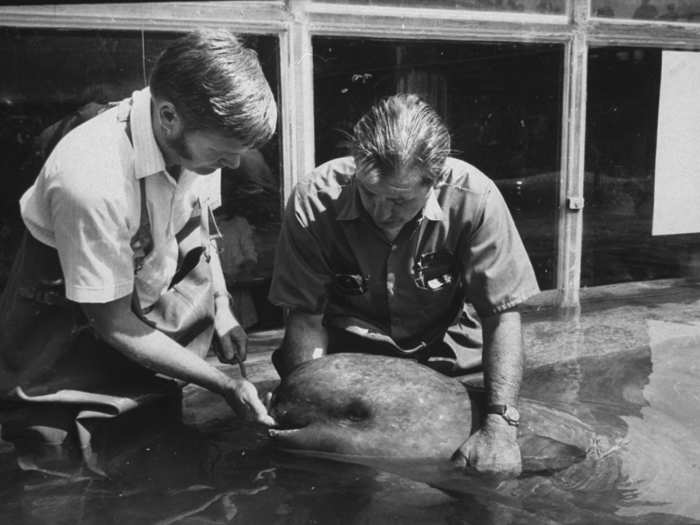
The narwhal was flown 2,650 miles in a "dramatic jet flight," according to Life Magazine, to Coney Island, after it was found following the hunters who killed its mother, the Indiana Herald reported.
To keep it happy, the aquarium provided Umiak with a white whale as a substitute mother, according to the New York Times, but, alas, it wasn't enough.
He was treated well, fed and fattened on milkshakes laced with sardine oil. But he died of pneumonia.
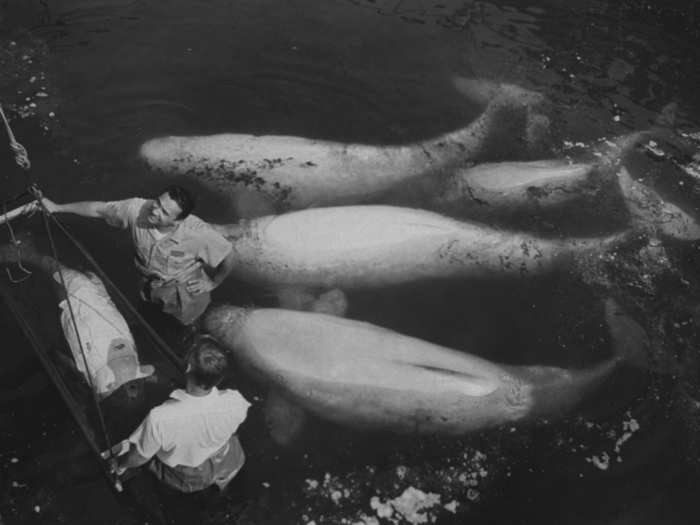
Even so, the narwhal remained a creature of intrigue.
According to the Indiana Herald, which published a story about Umiak's brief period of captivity in 1970, "probably no one has witnessed a more thrilling sight than two massive narwals jousting with their horns like knights of old."
Despite the fascination with them, very little had been discovered about the narwhal.
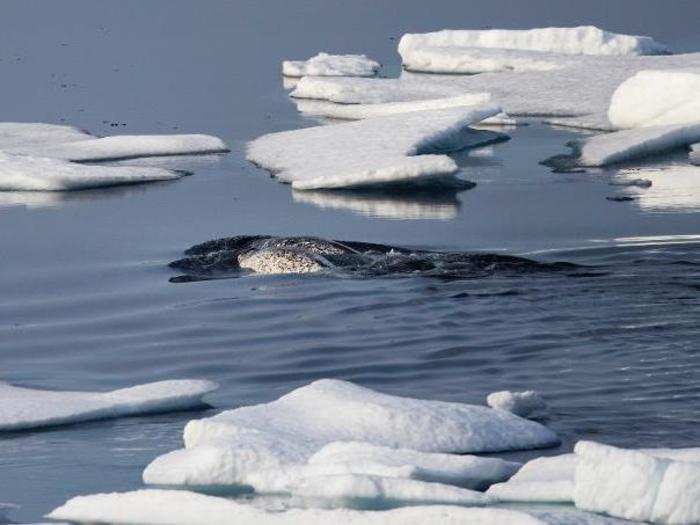
Unlike belugas, they can't be herded. They're skittish. And, importantly, while they can live for up to 100 years, according to Smithsonian Magazine, they die quickly when they're in captivity, as the New York Aquarium failure showed.
They live in cracks of dense ice and flee from people in boats and helicopters.

They can descend a mile down into pitch-black, freezing water, according to London Review of Books.
Here, bumps in the ice show where narwhals surfaced in thin ice to breathe, leaving an eerie imprint.
In the late 1990s, Dr. Martin Nweeia, a dentist from Connecticut who lectured at Harvard on animal and human teeth, grew intrigued about narwhals.

In 2002, and again in 2003 and 2004, with help from Canada's Department of Fisheries and Oceans, he traveled to Baffin Island in Canada to gather narwhal specimens to analyze, the New York Times reported.
What drew him — and what has given the narwhal such an important role in history — was the tusk.

Narwhal tusks can grow as thick as a lamppost and as a tall a man, according to Smithsonian Magazine. But they're not traditional tusks.
They're actually teeth that grow rampantly until they pierce through the upper left of the whale's mouth, according to Canadian Wildlife Magazine, and continue growing up to 10 feet. Unlike elephants or walruses, their task grows straight.
Only 3% of females have tusks. Some narwhals, like this one that was caught in Upernavik in 2007, have two.
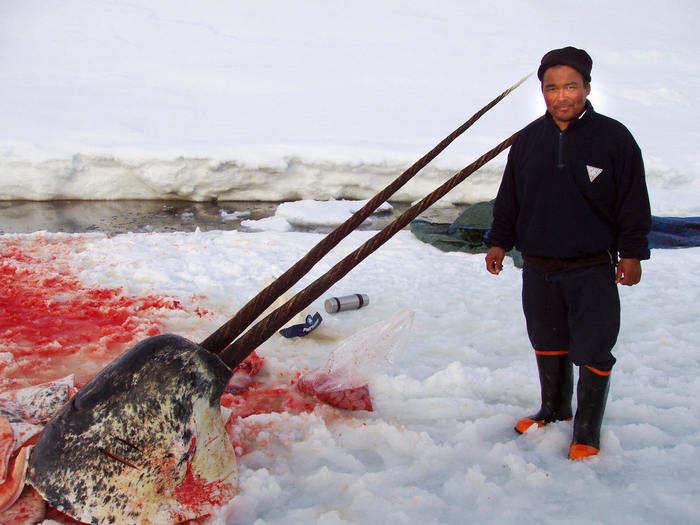
Inuits are allowed to hunt narwhals under international law.
The tusk was also thought to help with courting.
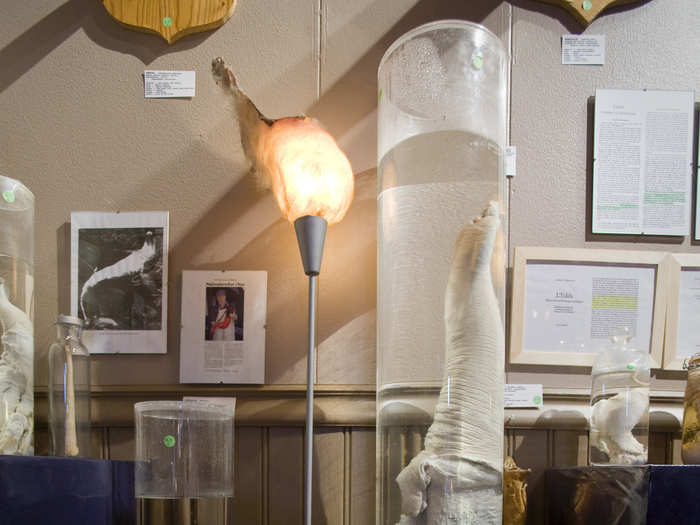
Originally, scientists thought that the tusk was a weapon used for fighting between males, or for piercing holes in the ice, the New York Times reported.
Scientists have found a connection between testicle size and horn length, according to the London Review of Books.
As for mating, it happens in the middle of winter, in absolute darkness, in temperatures down to -60 degrees Fahrenheit, according to Smithsonian Magazine.
It can take months to spot a narwhal, according to Smithsonian Magazine.
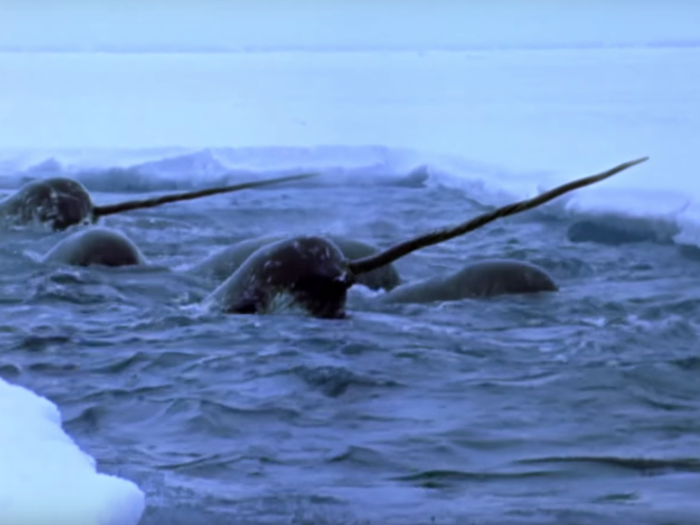
When Nweeia saw his first, he saw a dozen. He was sitting on an ice floe in the middle of the night.
He told NPR, "It was as if you had gone to some grand party where you were invisible. I felt like I shouldn't even talk or say anything or move just because I felt that if they somehow knew I had broken their trust that my opportunity would be gone."
In 2005, Nweeia and his colleagues presented their findings to a marine biology conference.
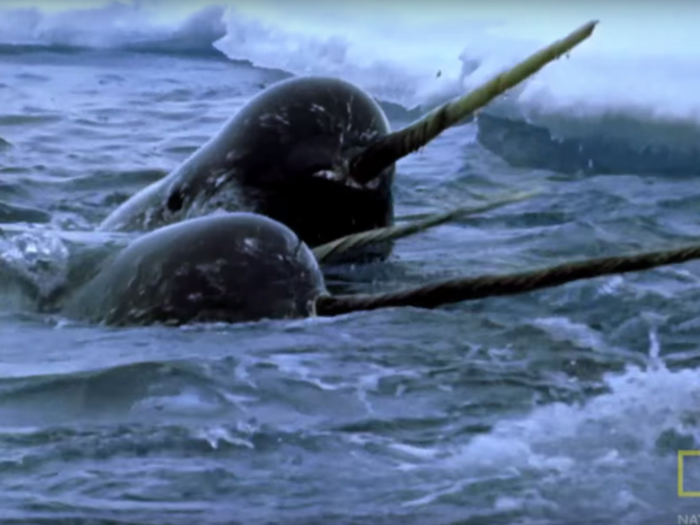
They discovered the tusks have about 10 million nerve endings along the surface, which they rub together to communicate," the New York Times reported.
The tooth is almost inside-out. The sensitive nerves on the outside act as an antenna to sense prey and sea conditions. They can even detect air pressure.
"You can think of it as a weather station," Nweeisa told NPR.
The discovery, the New York Times reported, was so remarkable that it almost outdid the animal's mythology.
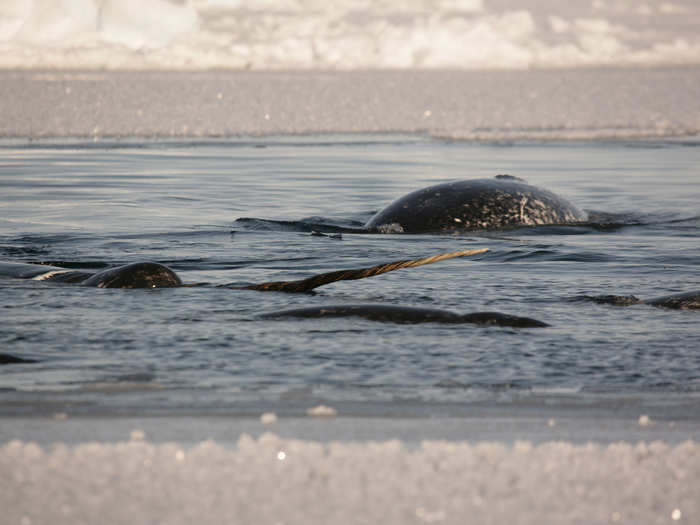
As the science around narwhals improved, so did the media coverage.
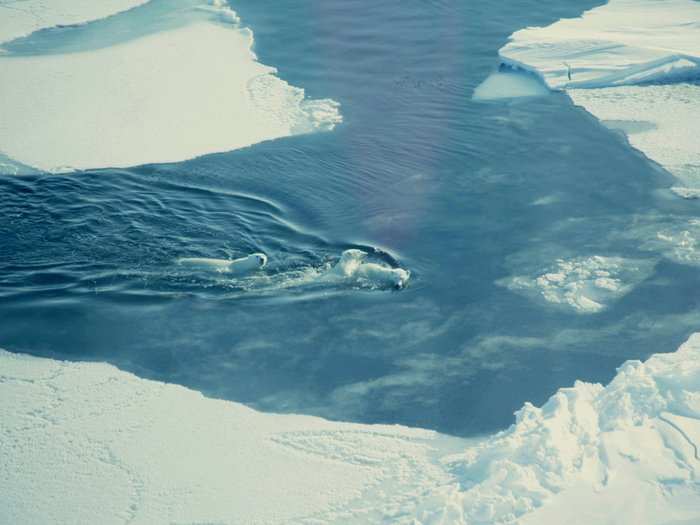
In 2008, according to Grist, the journal Ecological Applications found narwhals were at the top of the list for at-risk Arctic marine animals.
Kristin Laidre, one of America's leading narwhal scientists, said in comparison to polar bears, they were "not that cute."
Even if they aren't as cute, their tusks remained valuable, and various laws protect them from being hunted.

One of the key conventions is the Convention on International Trade in Endangered Species of Wild Fauna and Flora (CITES), which protects them.
In the United States, it's illegal to commercially import narwhal. Low numbers of narwhal are still legally hunted in Canada and Greenland, according to the Globe and Mail.
Narwhal tusks play a small part in the $3 billion global trade of animal parts, but it still happens.

Smugglers make the most money reselling the tusks in countries where there are import bans, like the US, according to Canadian Wildlife Magazine.
One notable example of smuggling was by Gregory Logan, a retired Royal Canadian police officer.

Between 2000 and 2010, Logan smuggled more than 250 tusks, worth as much as $3 million, according to Reuters.
He was caught by a Canadian government agency, which titled the undercover mission "Operation Longtooth," according to Canadian Wildlife Magazine.
Authorities were first alerted to the smuggling in 2004.

They were alerted at New York's JFK airport when customs found a package with a label that said "tooth of white whale," referencing "Moby Dick," according to Canadian Wildlife Magazine.
The package was filled with whale teeth and led investigators to narwhal suppliers, and in turn to Logan. In 2017, he was sentenced to five years in prison.
More lightheartedly, a narwhal is featured as a minor character called Mr. Narwhal in the Christmas film "Elf."

Mr. Narwhal said farewell to Buddy, the main character, as he left the North Pole to search for his father in New York City.
"Bye Buddy, hope you find your dad," he said. The character was voiced by director Jon Favreau.
In 2013, a narwhal tusk sold for $60,000 in Cornwall, England. It was priced so high because of a tenuous link with "Harry Potter."

Part of the reason it was so expensive was that it had been owned by a sailor named Cornelius Fudge, who shares a name with a character in J. K. Rowling's "Harry Potter" novels, the Washington Post reported.
Rowling, despite being steeped in the history of her character's names, claims she had never heard of him. "Utterly extraordinary," she wrote in a letter about it.
Discoveries about narwhals continued.
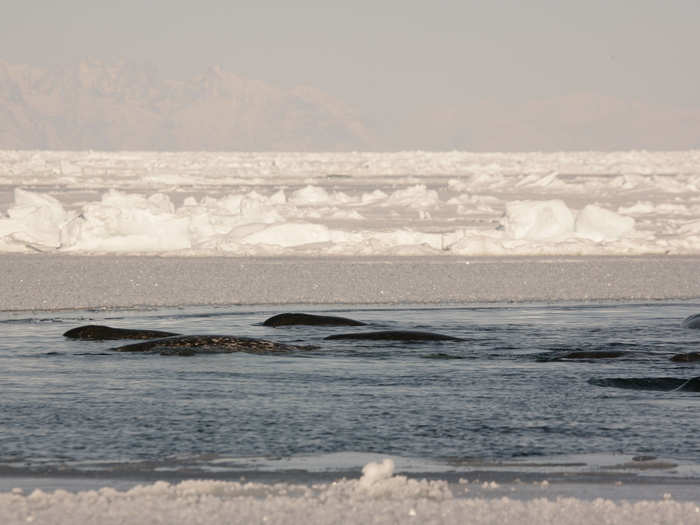
In 2017, scientists discovered they use the tusk to whack fish, stunning them before eating.
In 2018, scientists published a paper that dived deep into the sounds they make.

There were three kinds, according to the New Yorker. They make clicking and buzzing noises for navigation and for catching cod and shrimp. The sounds are helpful when they're hunting in deep, dark waters.
The third type of noise is calling, which is how they talk to each other — it involves whistles, sonic pulses, and clicks.
As for the future, narwhals are classed as "near threatened."
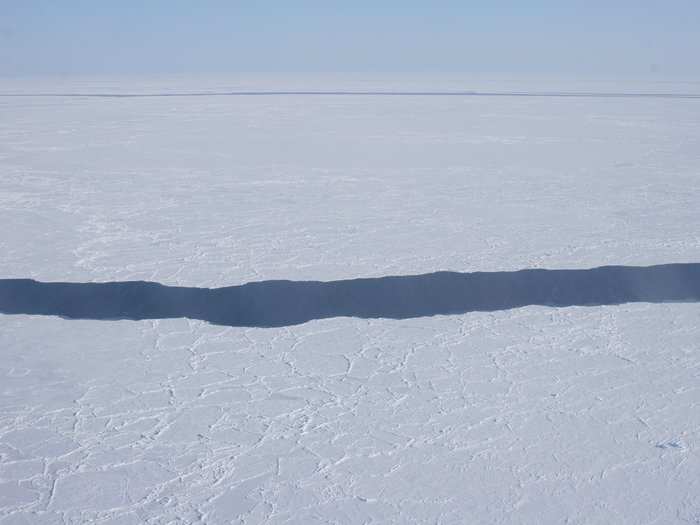
Climate change is their greatest threat since narwhals rely on their ice habitat. It's a place to feed and find refuge, especially from predators like orca whales.
According to the London Review of Books, if the ice melts, there will be nowhere to hide and nowhere to feed.
Noise pollution is another threat.

Since narwhals communicate with clicks, more ships and industrial extraction in the Arctic pose a massive threat.
The increased sounds make the animals effectively mute and make it harder for them to protect their young, according to the London Review of Books.
In November 2019, a Polish chef used a narwhal tusk to stop a terrorist attack in London.

The tusk was displayed by a nearby doorway, and. The man, "acted according to instinct, yet his brave gesture, with its knightly resonance, has an emblematic power" and grabbed it, according to the Guardian.
A five-foot tusk is an unusual weapon to wield in central London, and its appearance was covered widely by the media.
And based on the narwhal's colorful history, it's likely that it won't be the last time a narwhal tusk makes headlines.
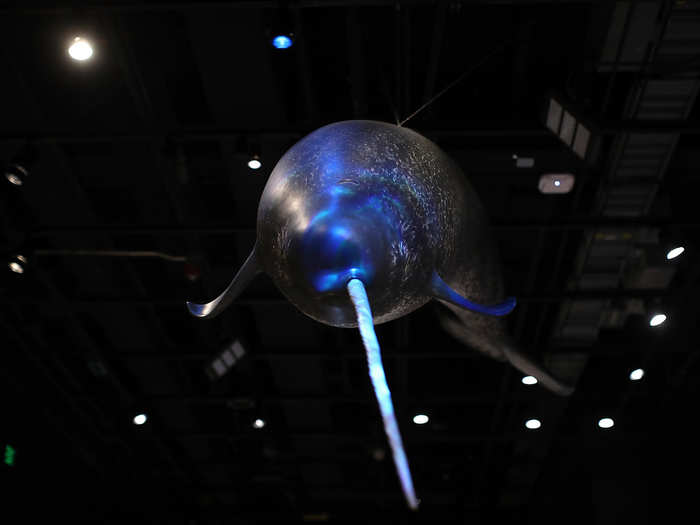
Popular Right Now
Advertisement